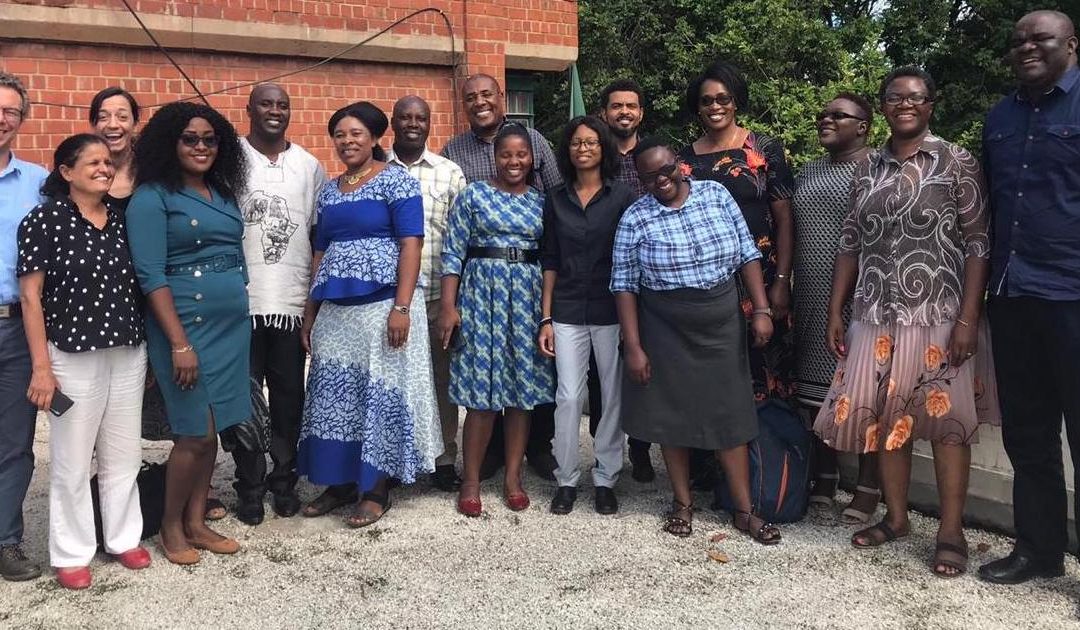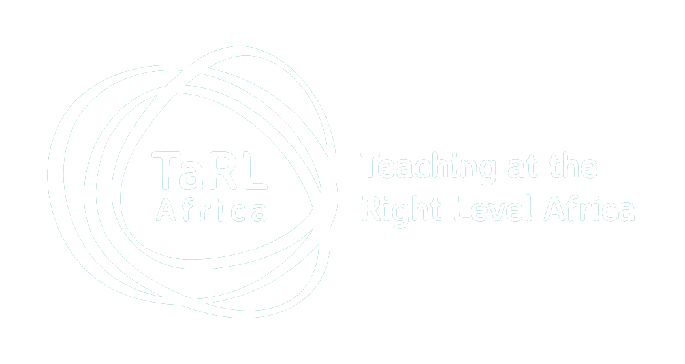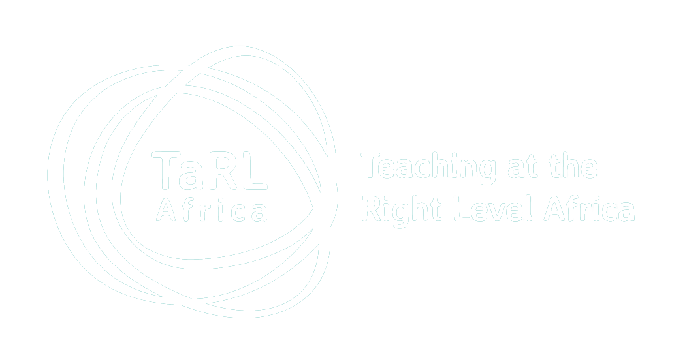
How Zambia’s Catch Up team uses case studies to highlight the importance of using data to improve learning
The Ministry of General Education in Zambia is entering its fourth year of scaling the Catch Up Programme. In 2020, the Ministry will run the programme in more than 1,800 schools, close to full scale in two of Zambia’s ten provinces. A number of partners are supporting the Ministry in this scale-up, including Innovations for Poverty Action Zambia, TaRL Africa, UNICEF Zambia, and VVOB – education for development.
Catch Up is modelled after the Teaching at the Right Level (TaRL) approach, pioneered by Indian NGO Pratham. TaRL considers the use of data as an integral part of its implementation. Like any process, it’s not just the sequence of steps that matters but also the people who carry them out. The TaRL approach emphasizes building people’s capacity to consume data and empower them with the insights that they need to improve learning outcomes for all children.
In August 2019, Pratham and TaRL Africa conducted a capacity building workshop for members of Zambia’s Catch Up team, which included IPA/J-PAL Africa and VVOB staff, who are supporting the Ministry of General Education (MoGE)’s TaRL implementation. The objective of the workshop was to look at the learning outcomes data critically and understand how they can be used in day-to-day Catch Up implementation such as school monitoring and teacher mentoring.
Catch Up Team Training
Before the team was ready to train others, the TaRL Africa team ran a training for the Catch Up support staff hired by IPA/J-PAL and VVOB. The data workshop consisted of a mix of case-studies, each asking the participants to put themselves in the shoes of zonal- and school-level Catch Up teams, such as the Zonal in-Charge (ZICs) and senior school teachers, who are responsible for mentoring school teachers who teach Catch Up classes, and then think about the use of data in the support they provide.
For example, in one case study, the Catch Up team prepared a typical ZIC’s plan of supporting their schools to ensure children achieve foundational literacy and numeracy. More specifically, they answered two questions:
- Which schools require greater support (for example, a school visit to observe classes and offer one-on-one support to teachers) compared to other schools?
- What kind of support should be provided to schools that cannot be visited often?
Through this first-hand experience, the team realised the power of data. With the learning outcomes data, they could see which schools lagged behind the goal (70% fluent readers) and required more guidance than other schools.
In another case study, the team critically analysed a school’s baseline and midline data to figure out a mentoring plan for the different teachers. Since Catch Up involves three different teachers in a school each working with children at a specific level (for example, beginner/letter; word/ paragraph; and story), it is important for the mentor to identify teachers requiring more guidance. The case study helped the team to think about the following questions from the perspective of a mentor:
- Which teacher’s class should they visit?
- What specific and actionable feedback should they give the teacher?
- How will they ensure that the feedback given is incorporated by the teacher?
The team was excited to see the potential insights that assessment data could bring to a mentor-teacher discussion. Armed with the baseline and midline data and the number of Catch Up lessons that were remaining, the team was finally asked to strategise a plan for the teacher to reach the goal of 70% children reading fluently by endline.
Example Case Studies
Please note: data case studies need to be revised and adapted before applying in a new context.
Sharing the knowledge: training for school, district, and provincial teams
After they had reflected themselves, the Catch Up team hired by IPA/J-PAL and VVOB were ready to support the Ministry in their efforts. They supported their Ministry counterparts in using the case studies in refresher training sessions for provincial, district, and zonal government teams. A different set of case studies was used for each level of Catch Up team members – for example, head teachers used school-level data for case studies, rather than district or provincial level data. The Catch Up team further adapted the case studies to make sure they were relevant for each cadre.
Throughout the training, the team emphasised the importance of using data at the school, provincial, and district levels before aggregation at the state and country levels. At the school level, headteachers considered how they could use the data to better support teachers. Officials at the provincial and district levels thought about how to use data to identify common challenges teachers might be facing and use this information to plan continuous professional development opportunities for schools, zones, and districts. It also enables the provincial and district level teams to identify and target support to specific schools or areas where learning levels are not improving. This targeted support allows mentors and officials at each level to maximise available resources and provide support where the need is greatest, rather than only visiting the schools closest to them.
Throughout the refresher training sessions, the government teams saw how useful and relevant the data is in their day-to-day planning for Catch Up and understood how they could use data to track progress towards learning goals at each level.

